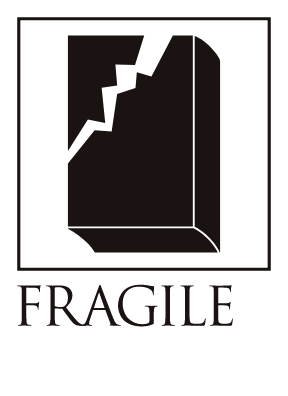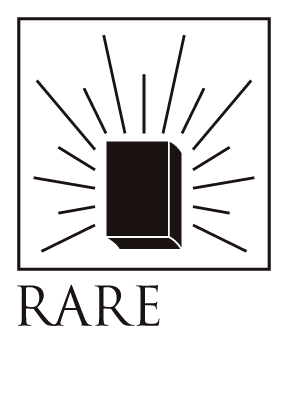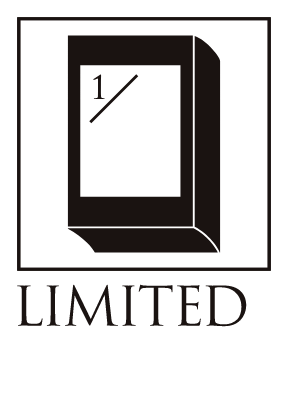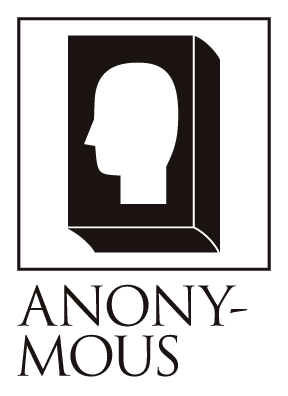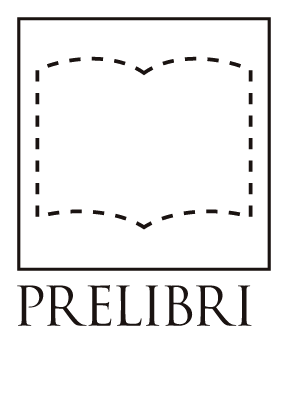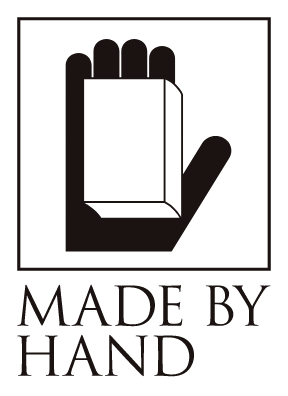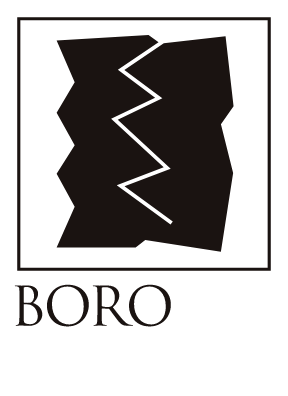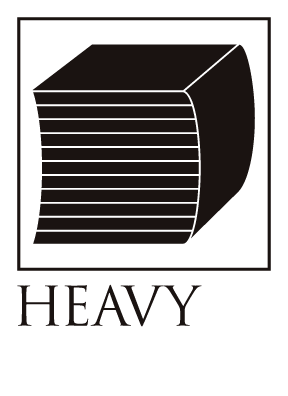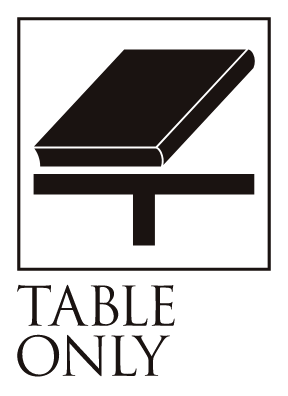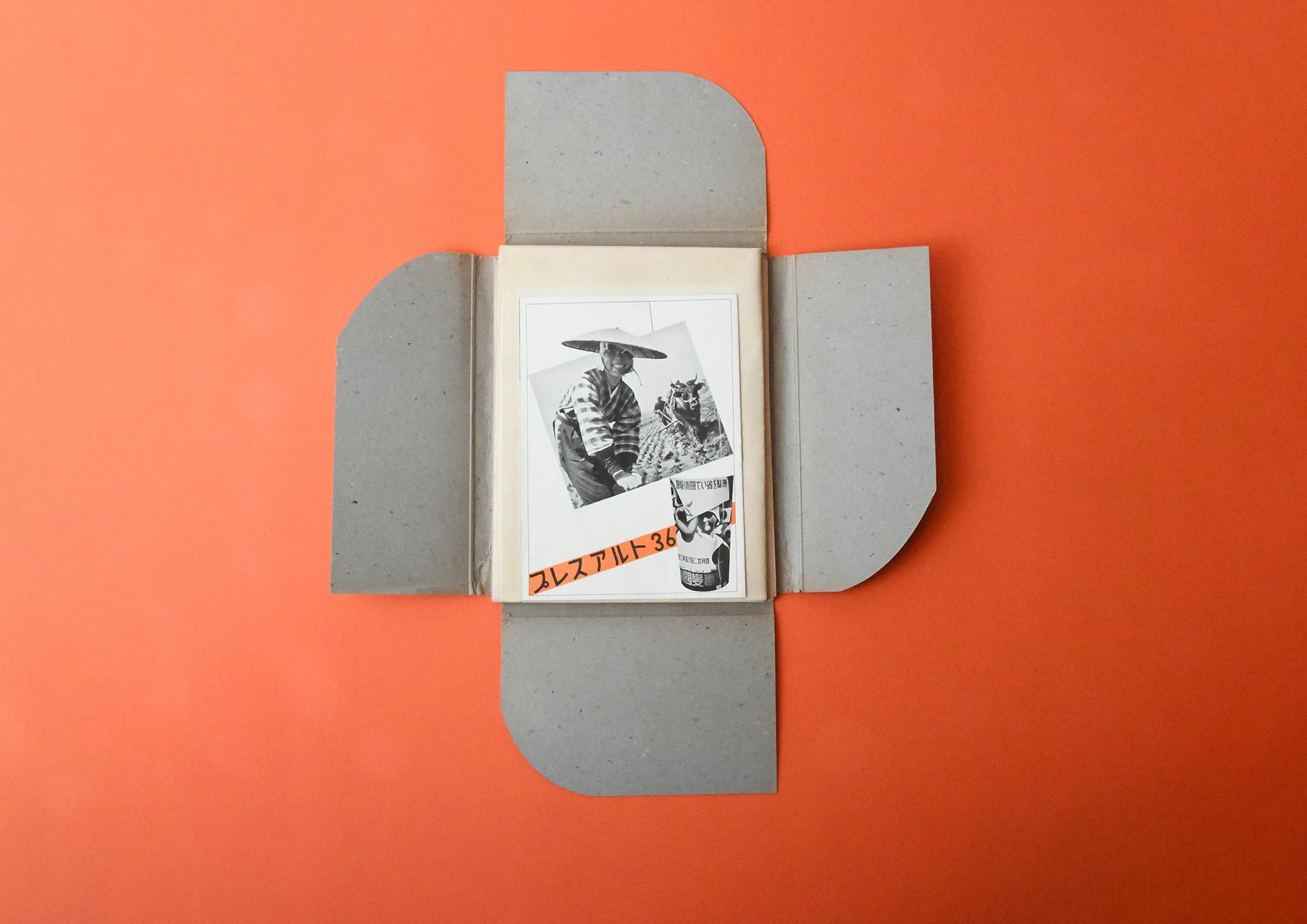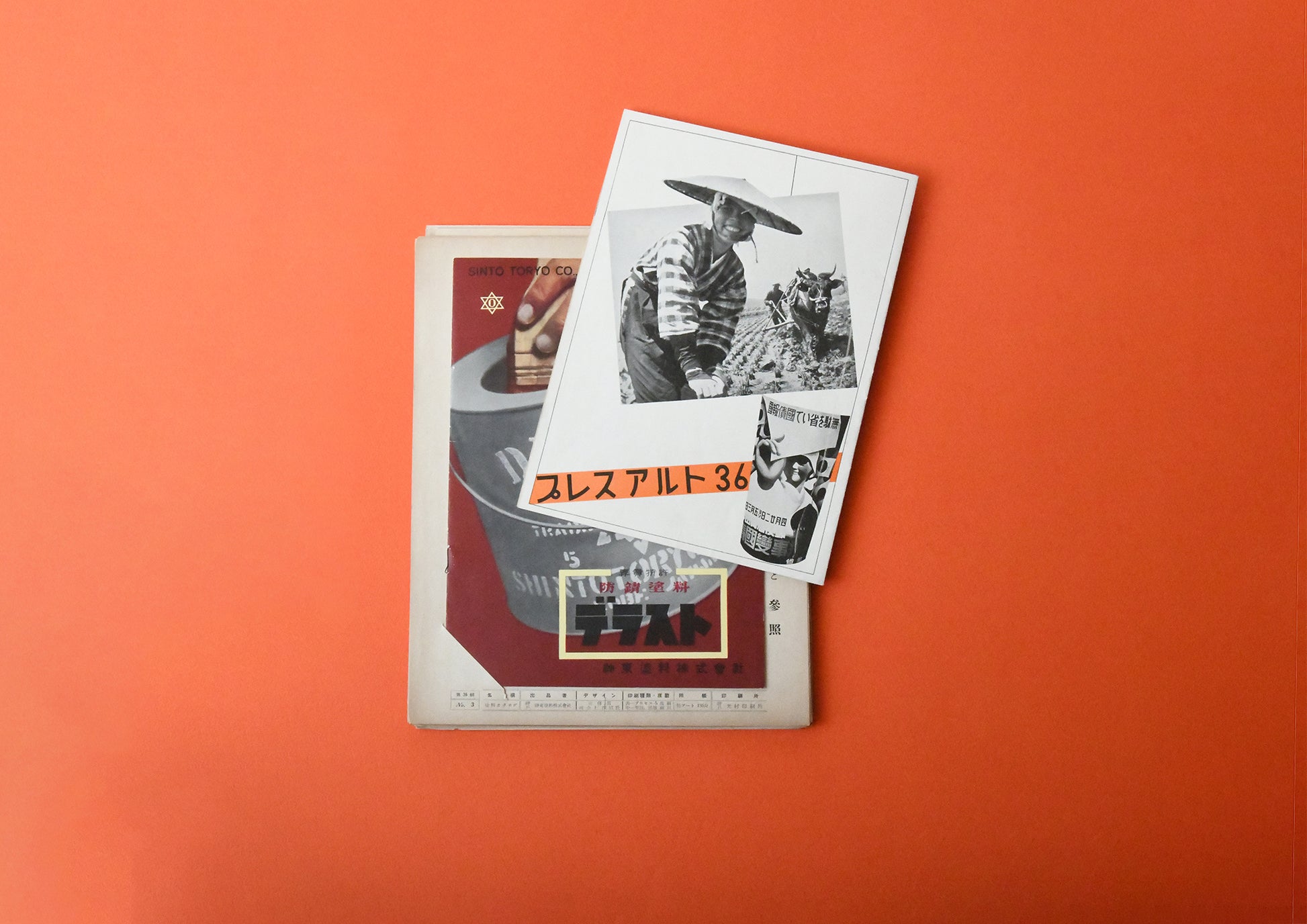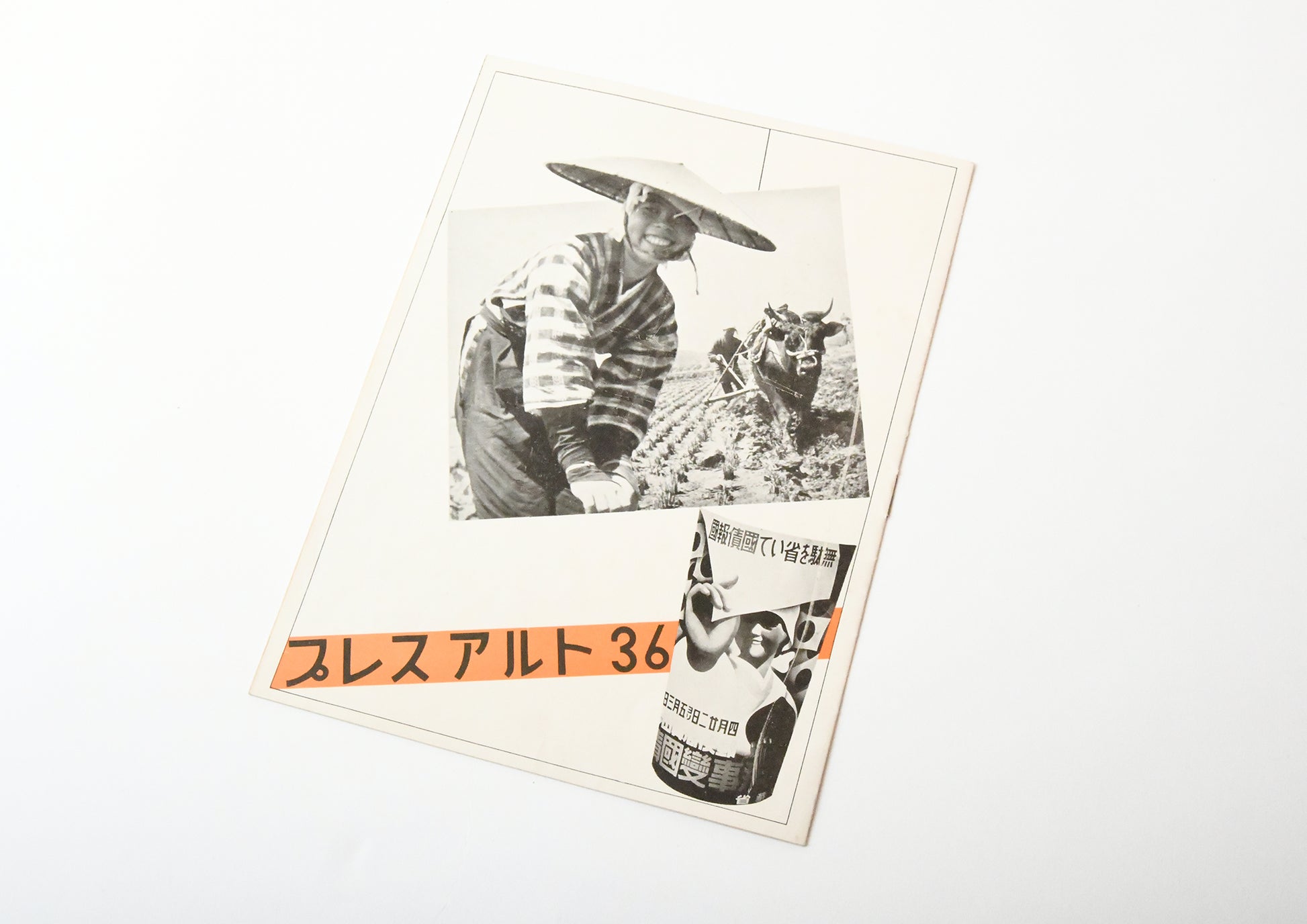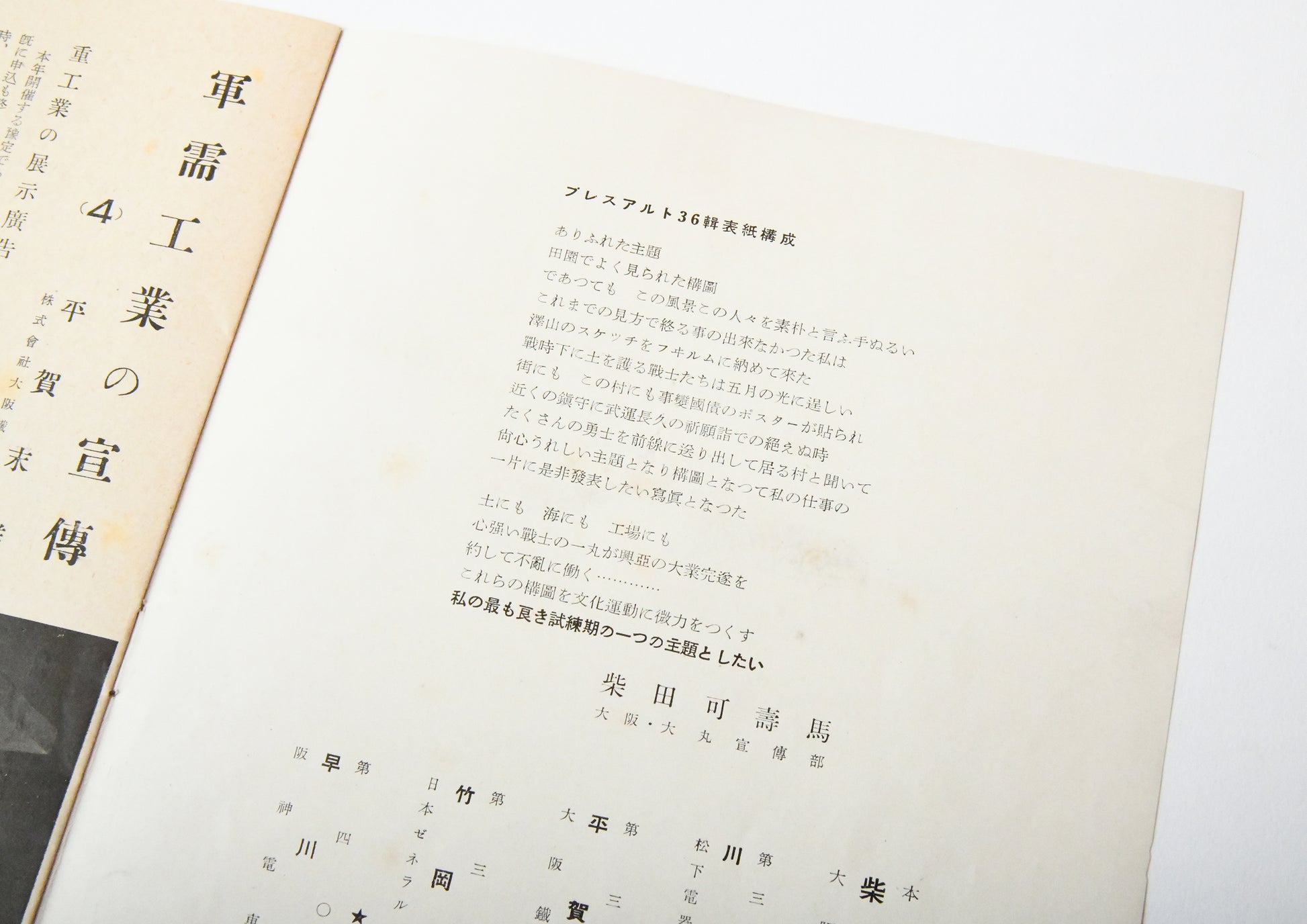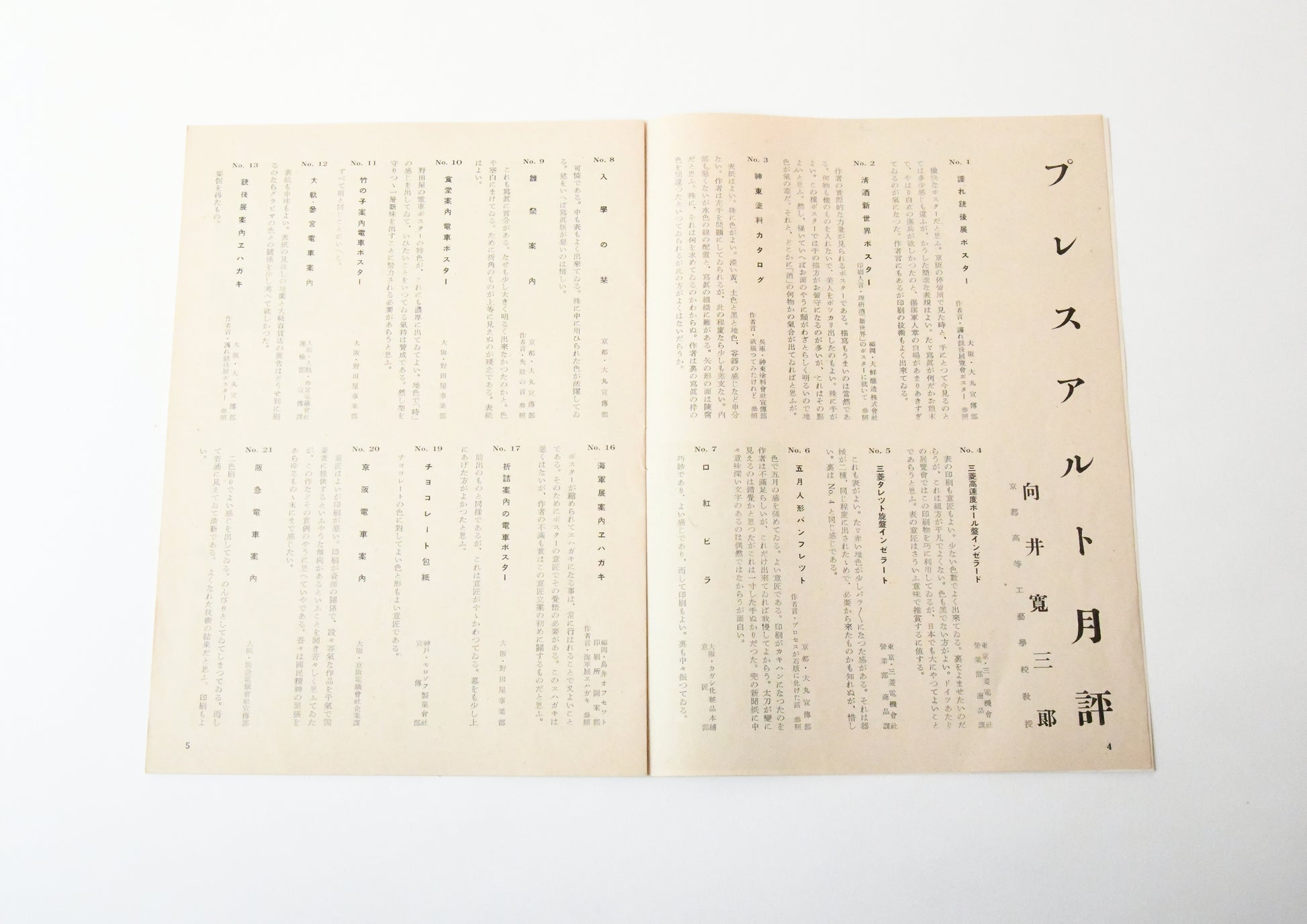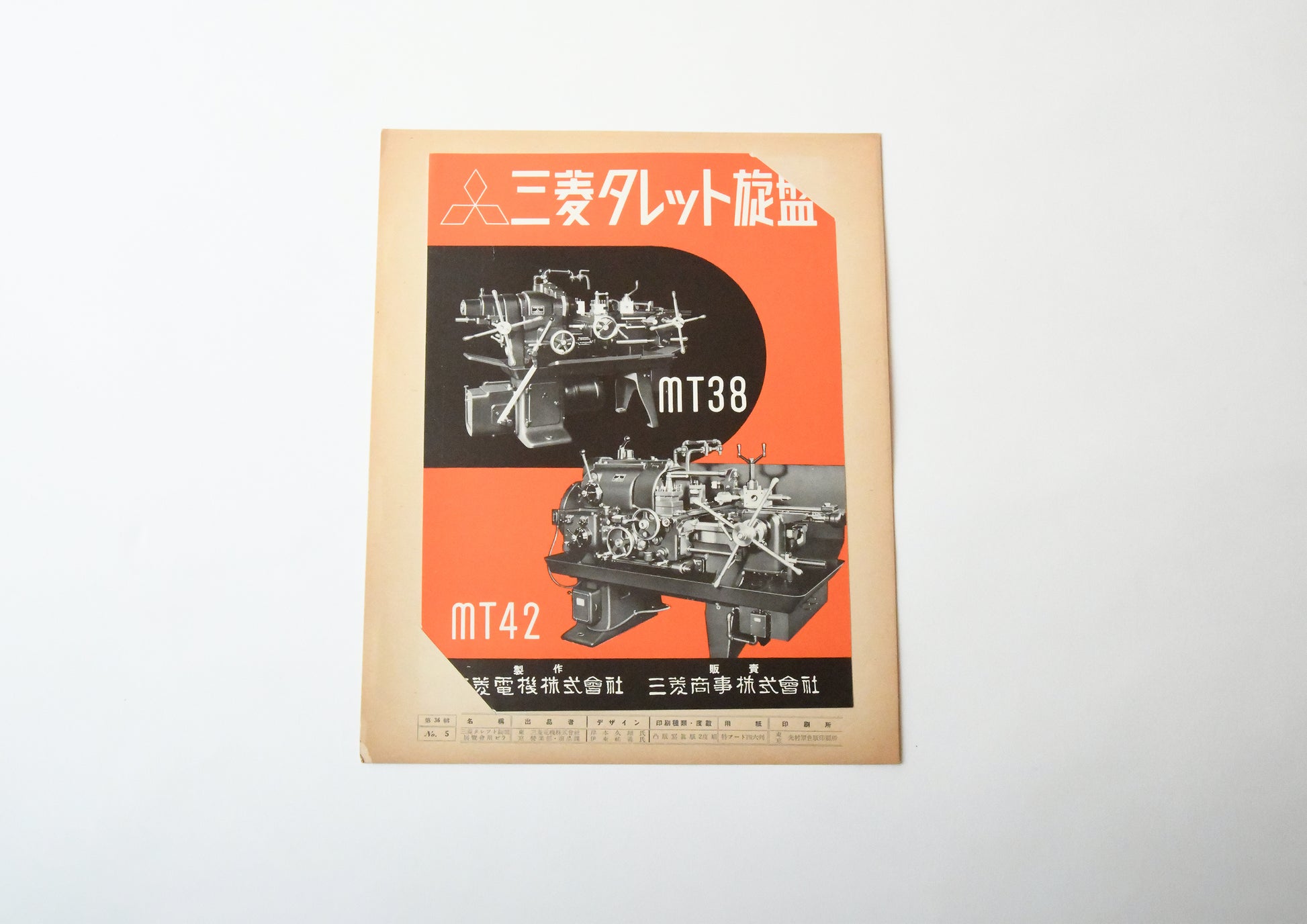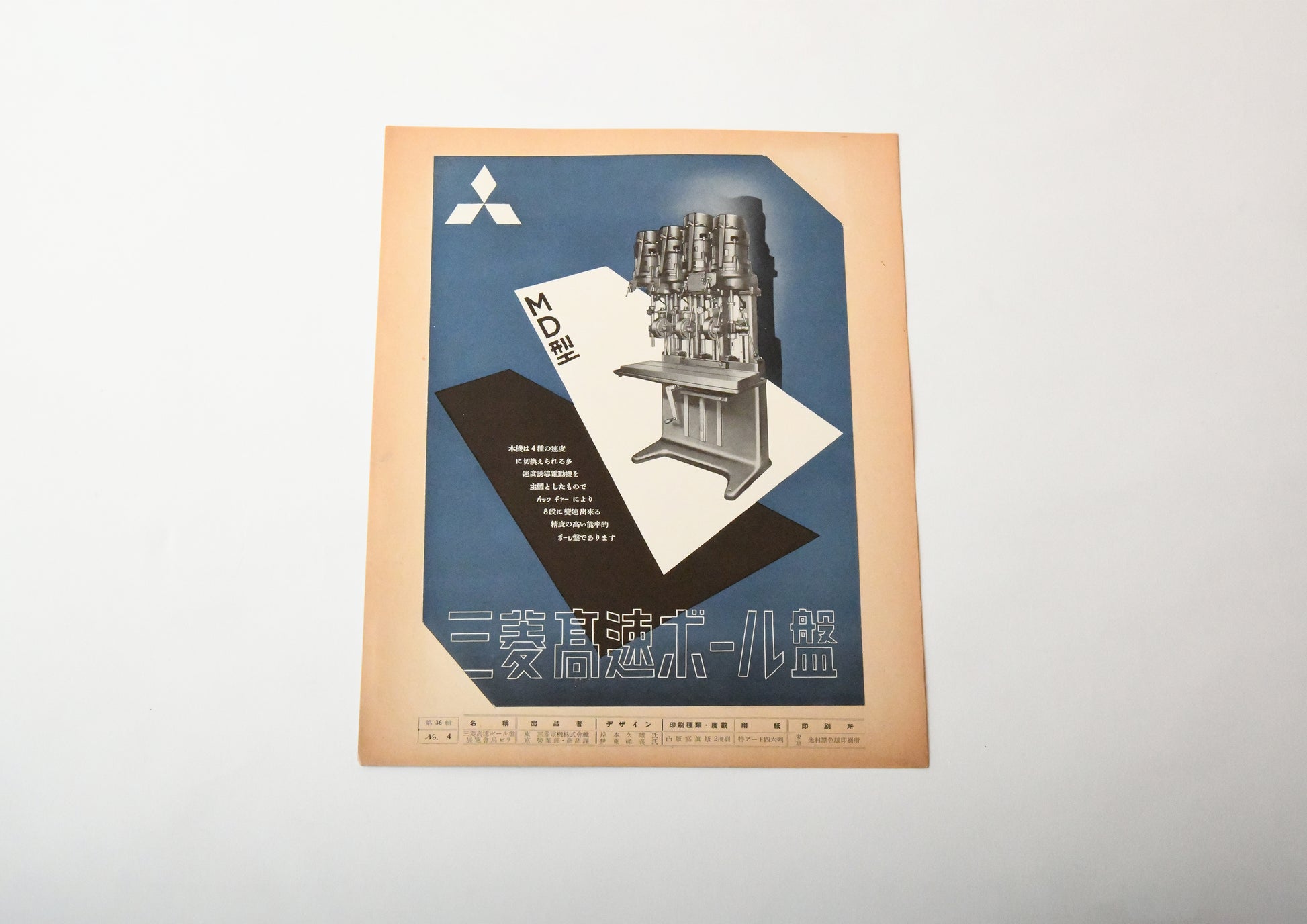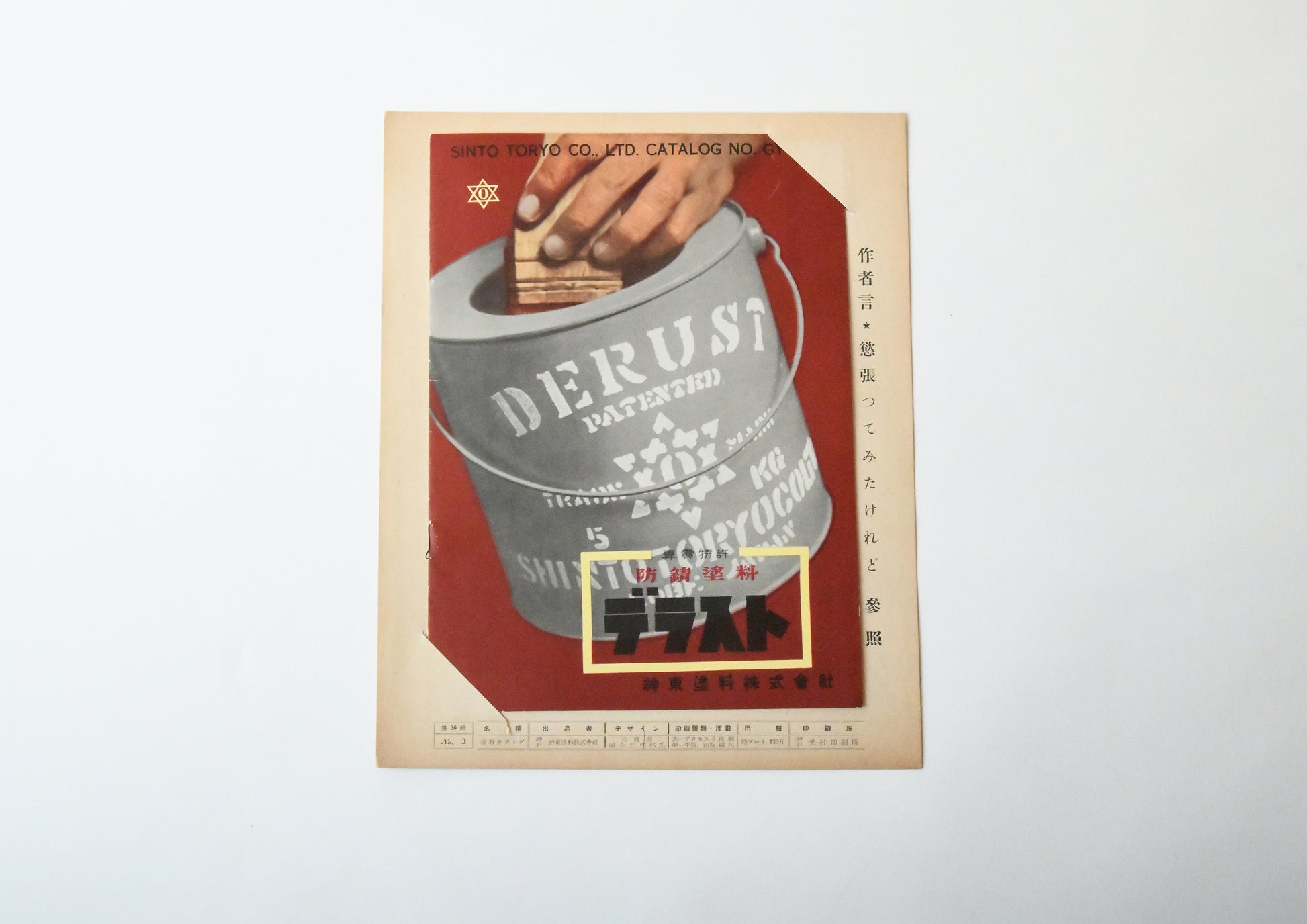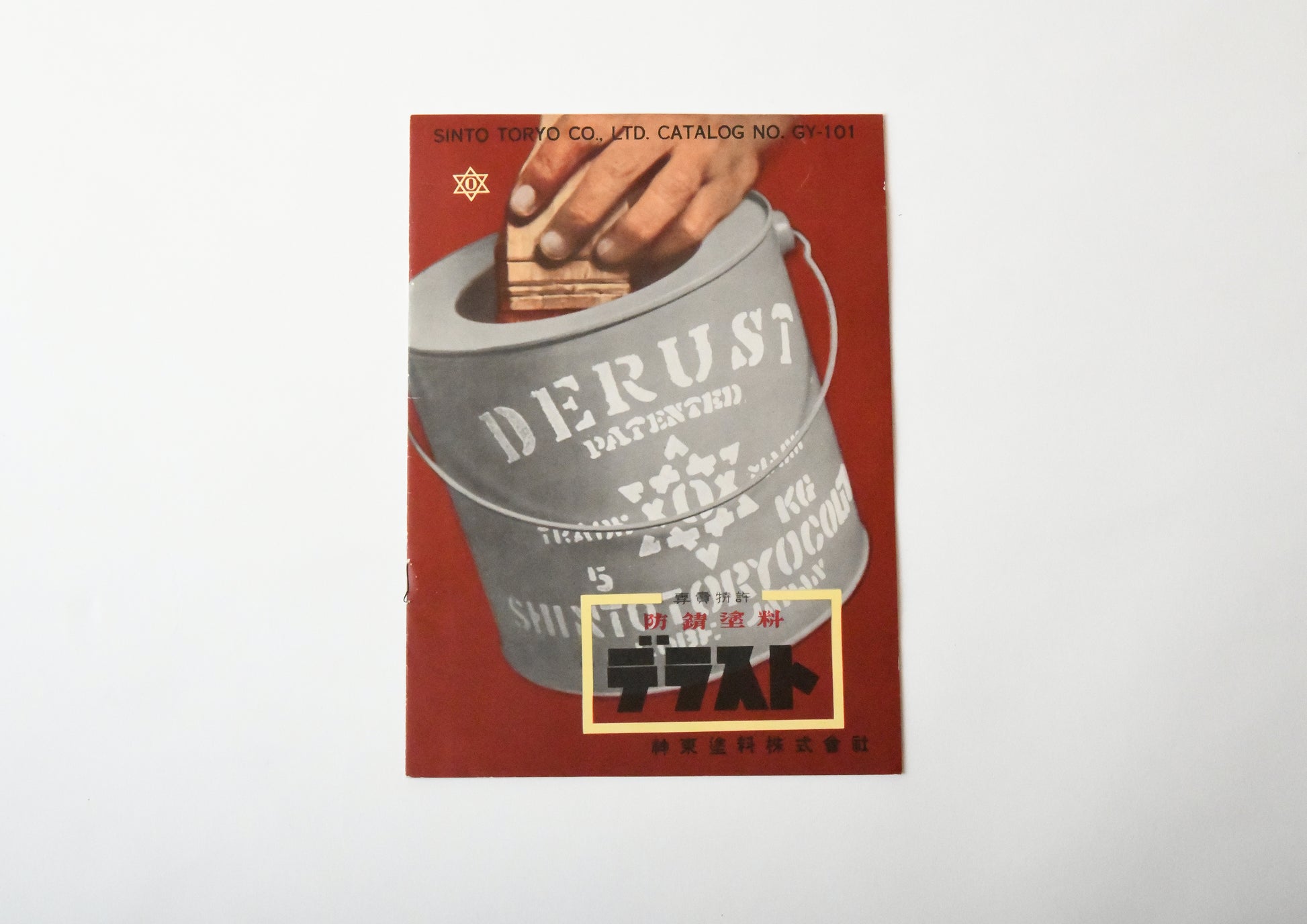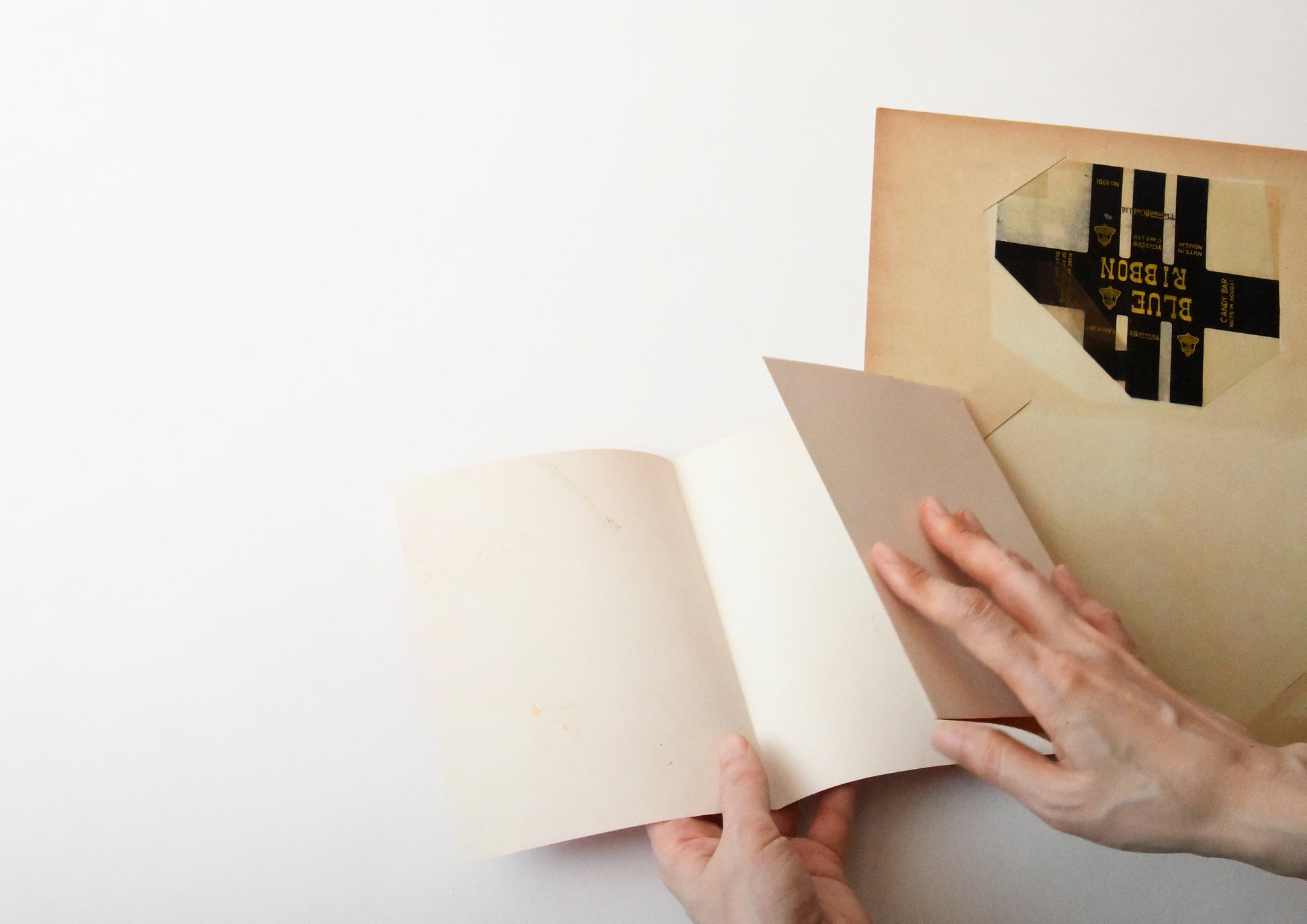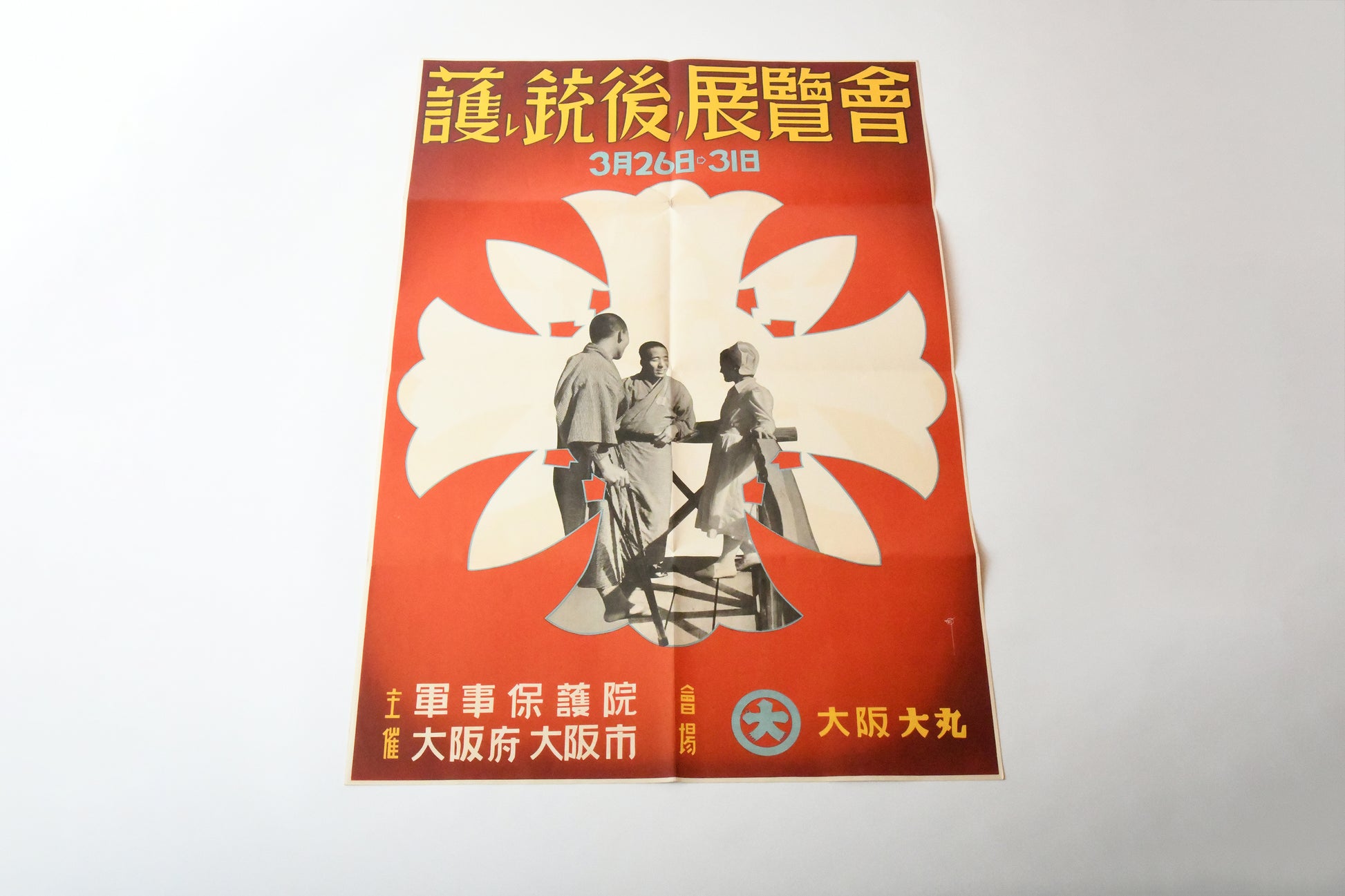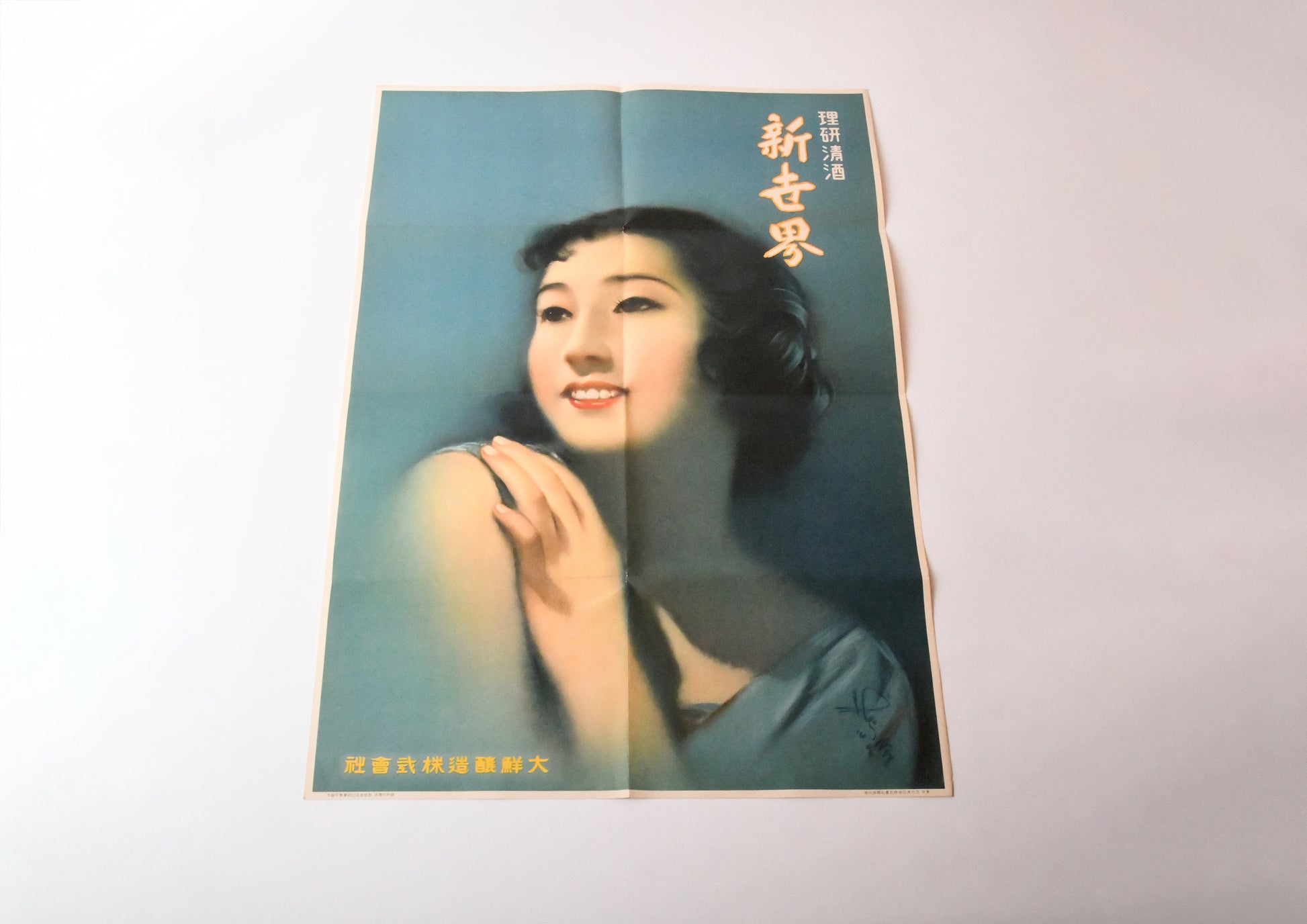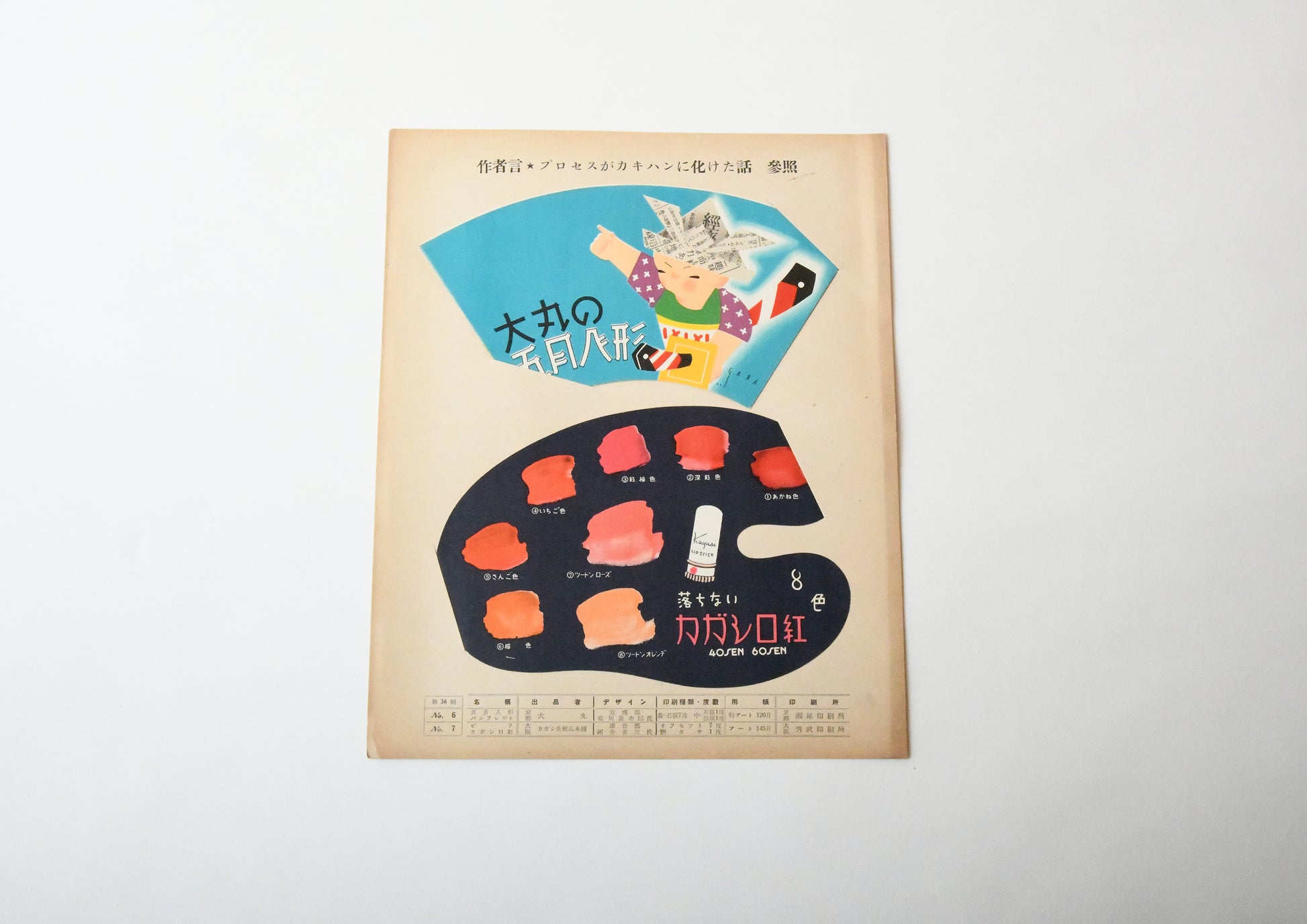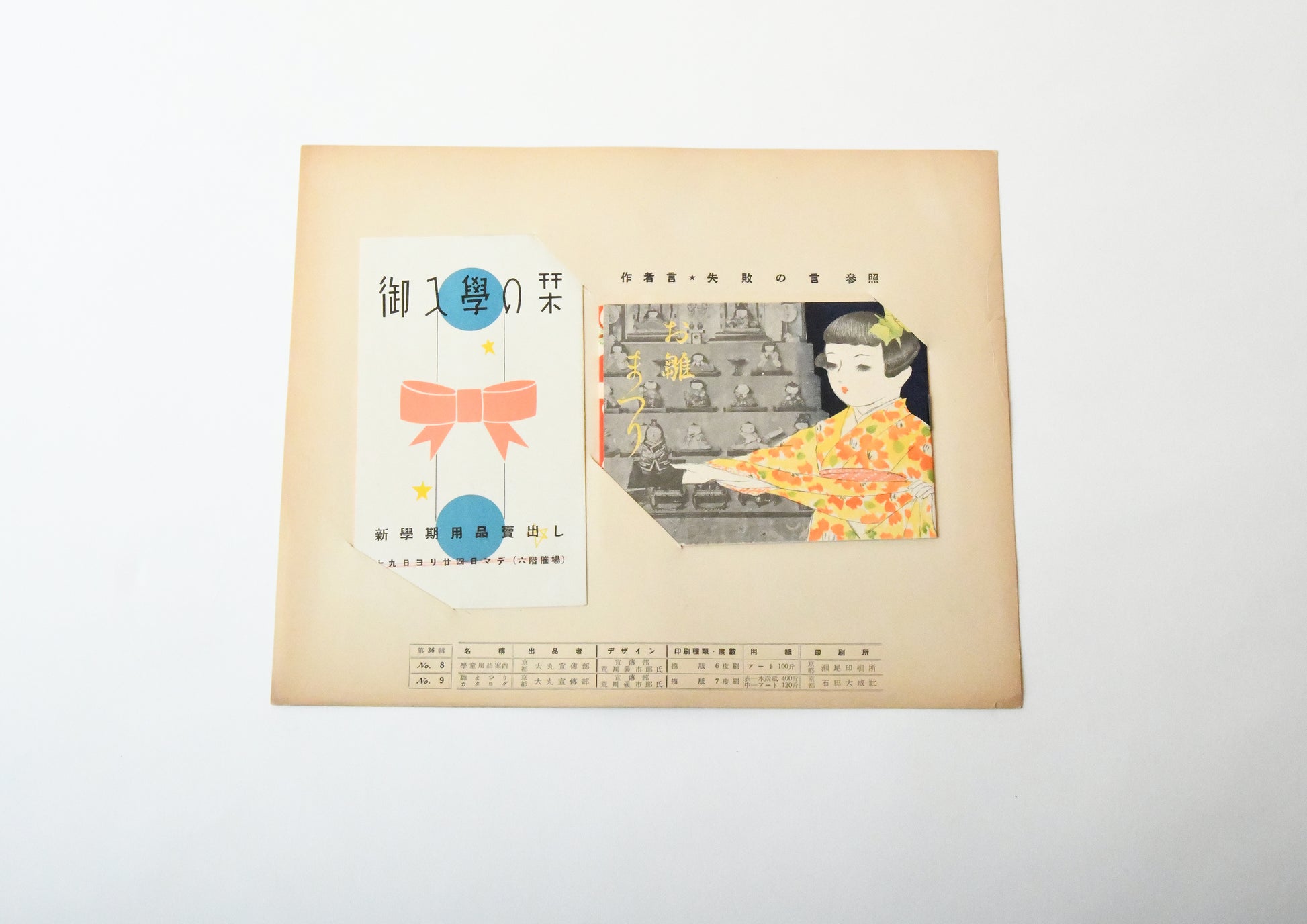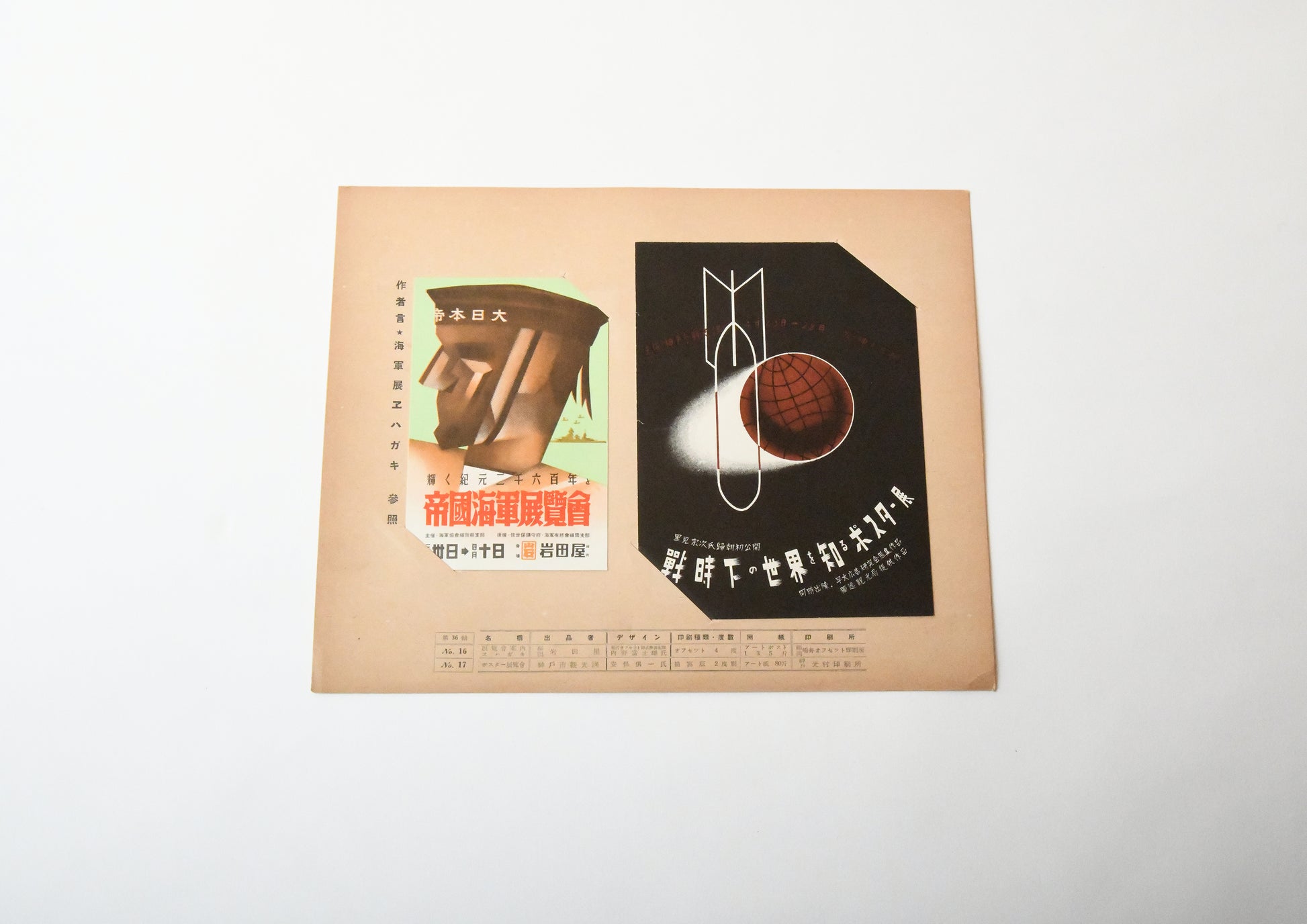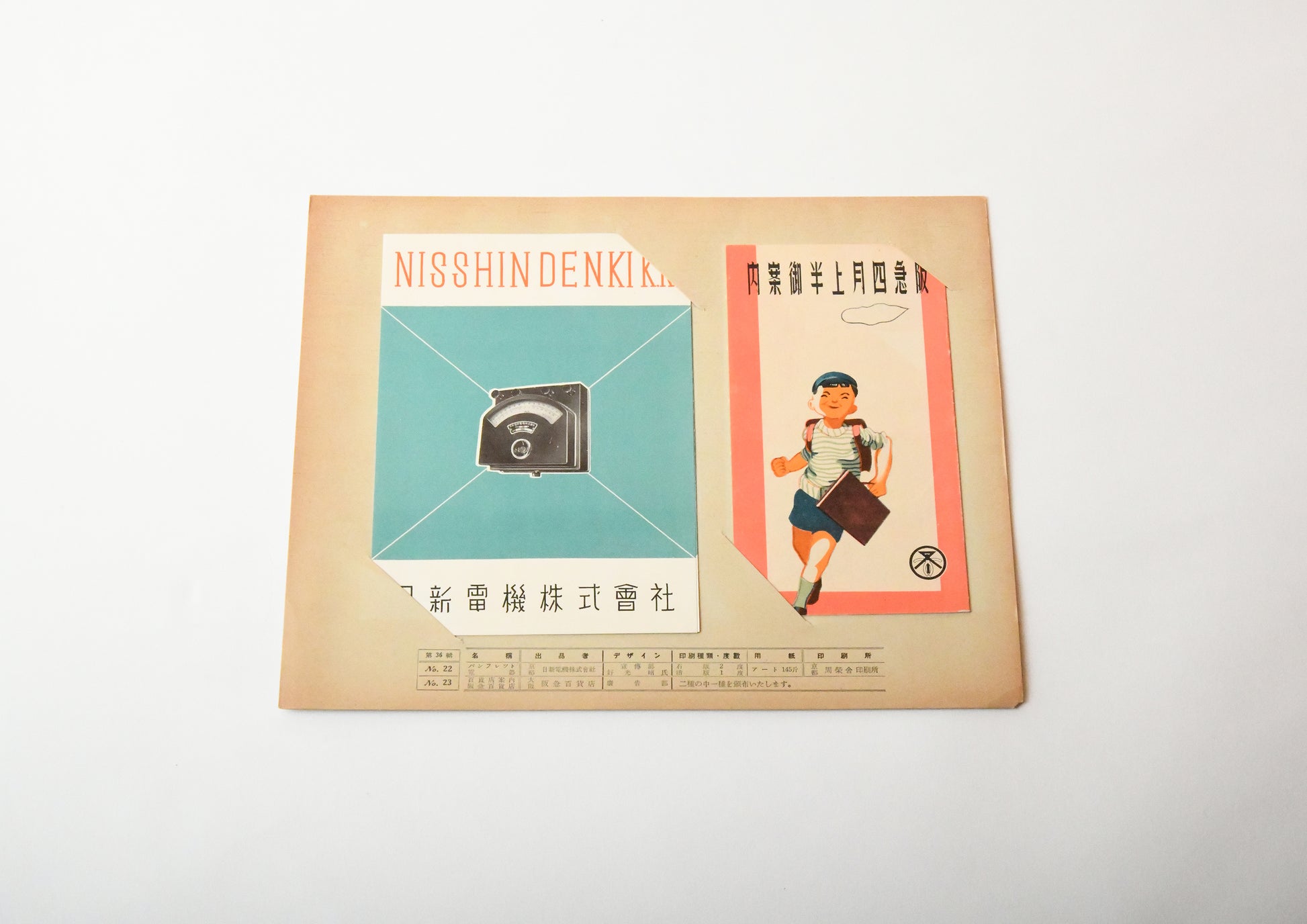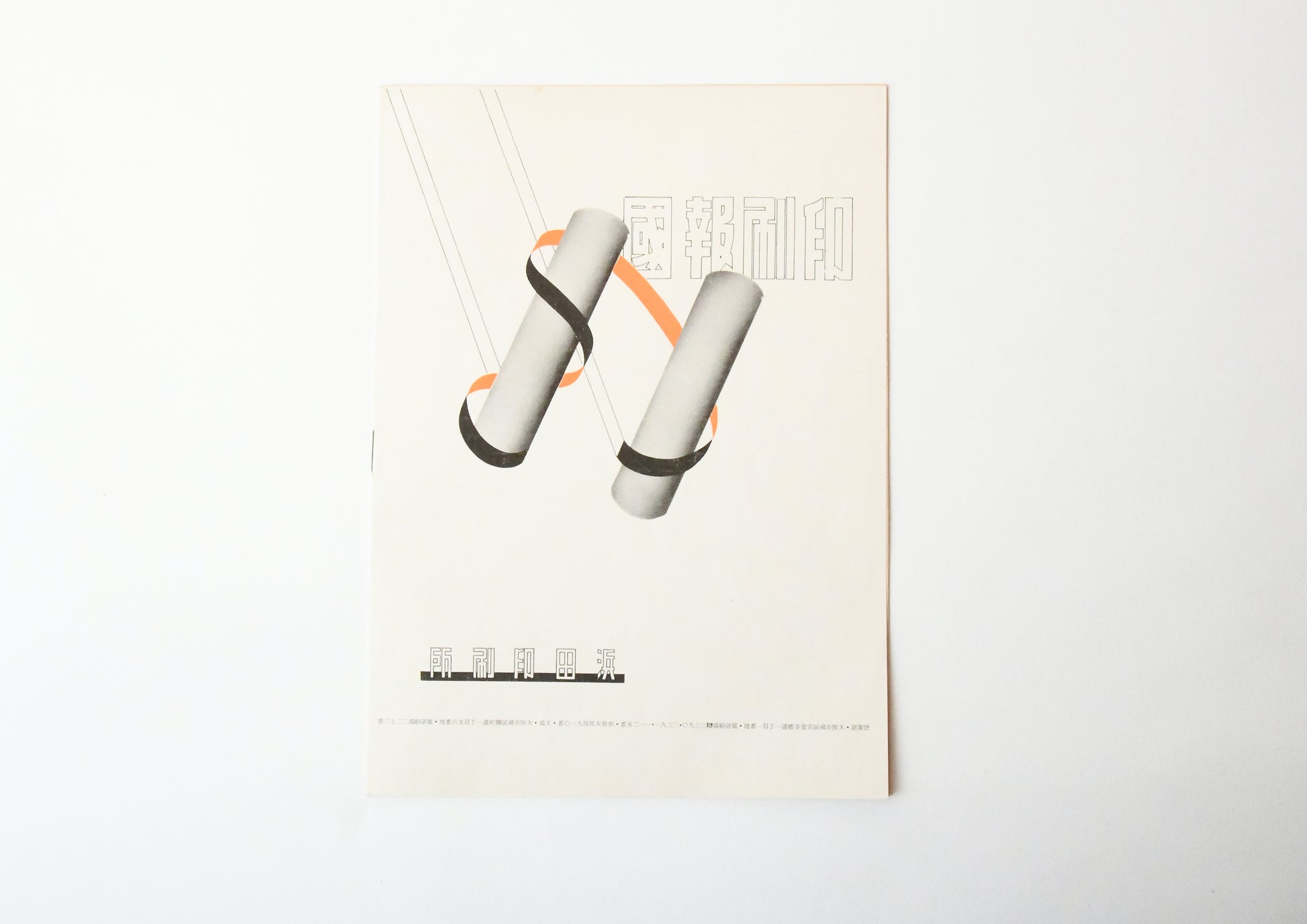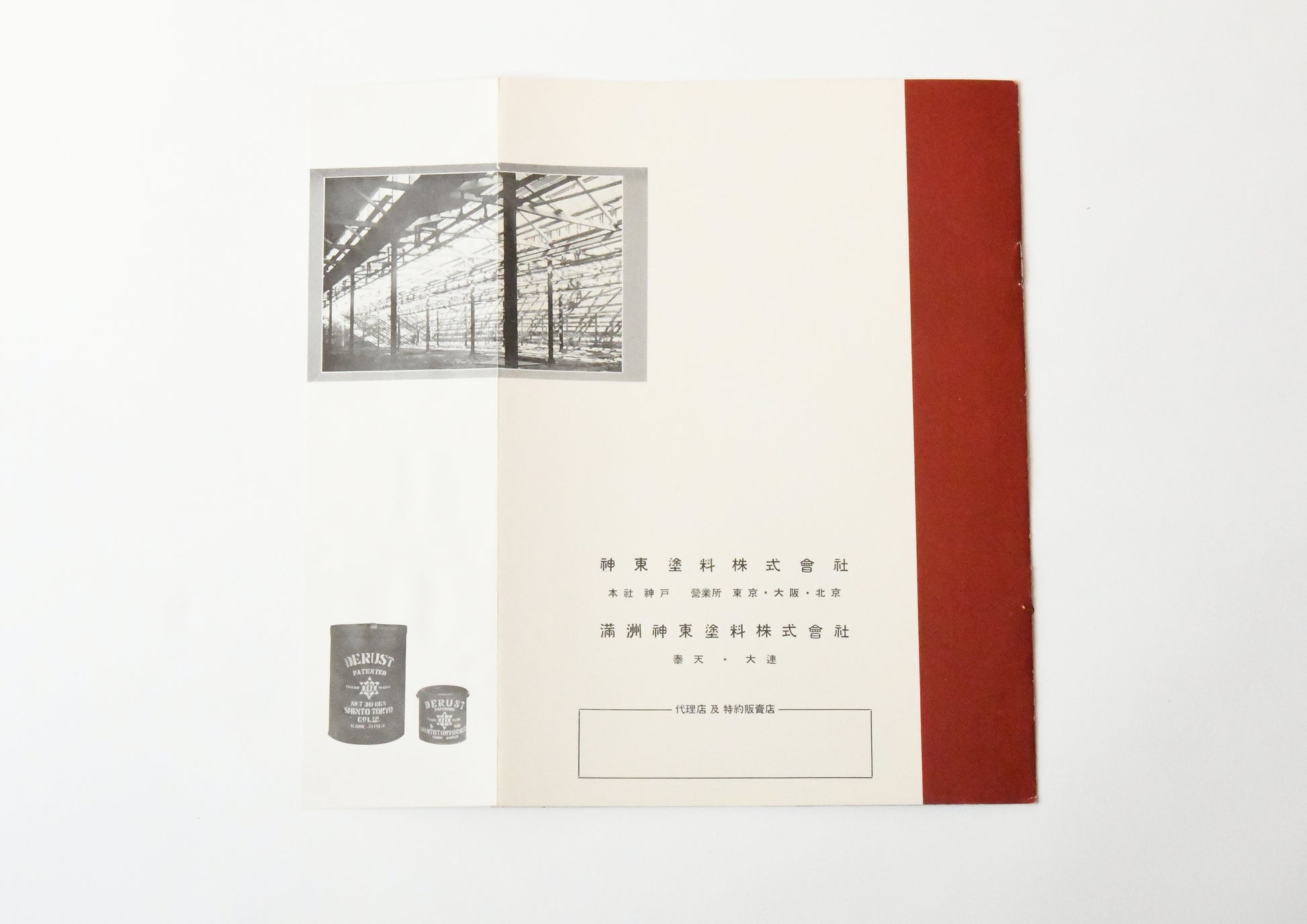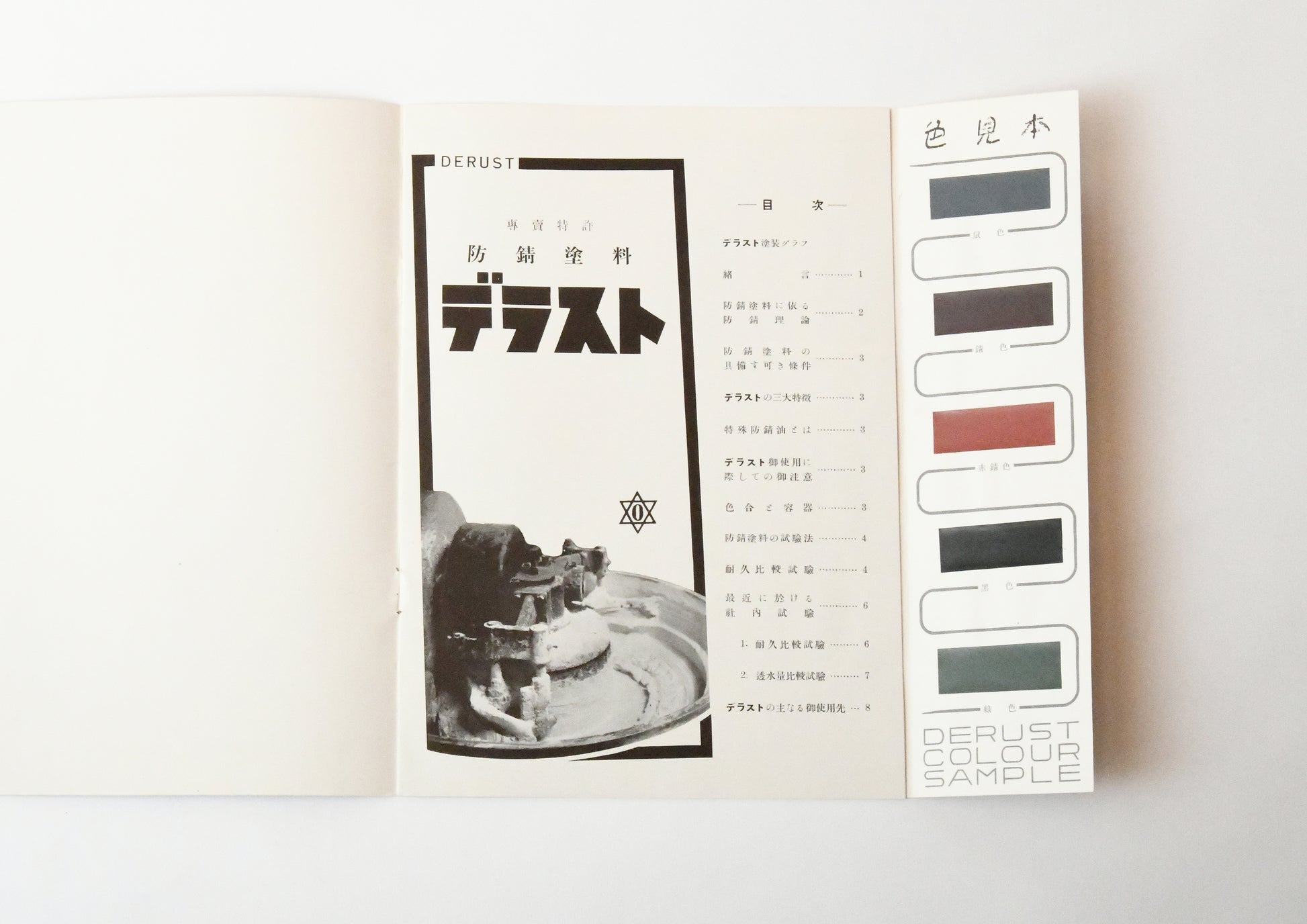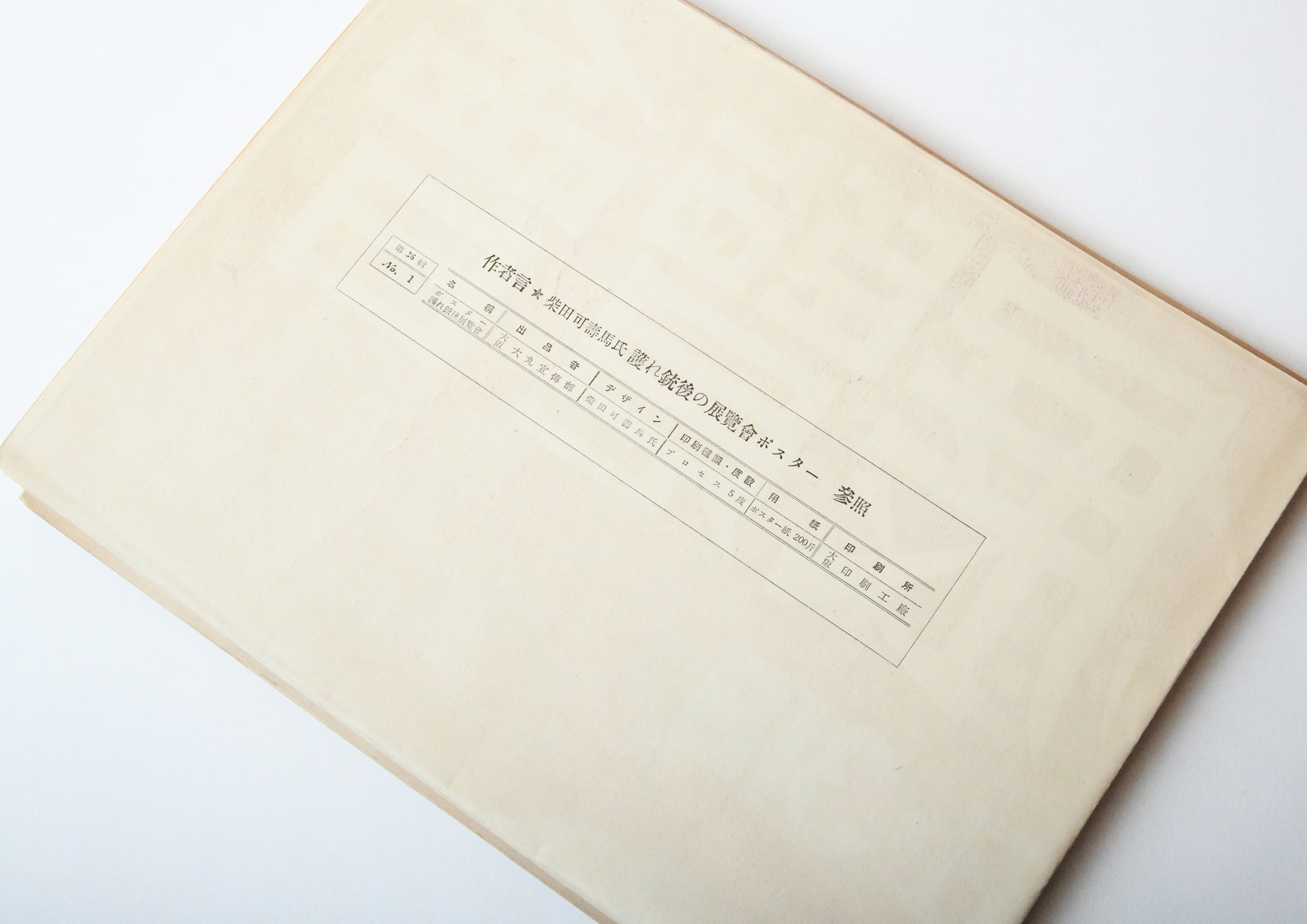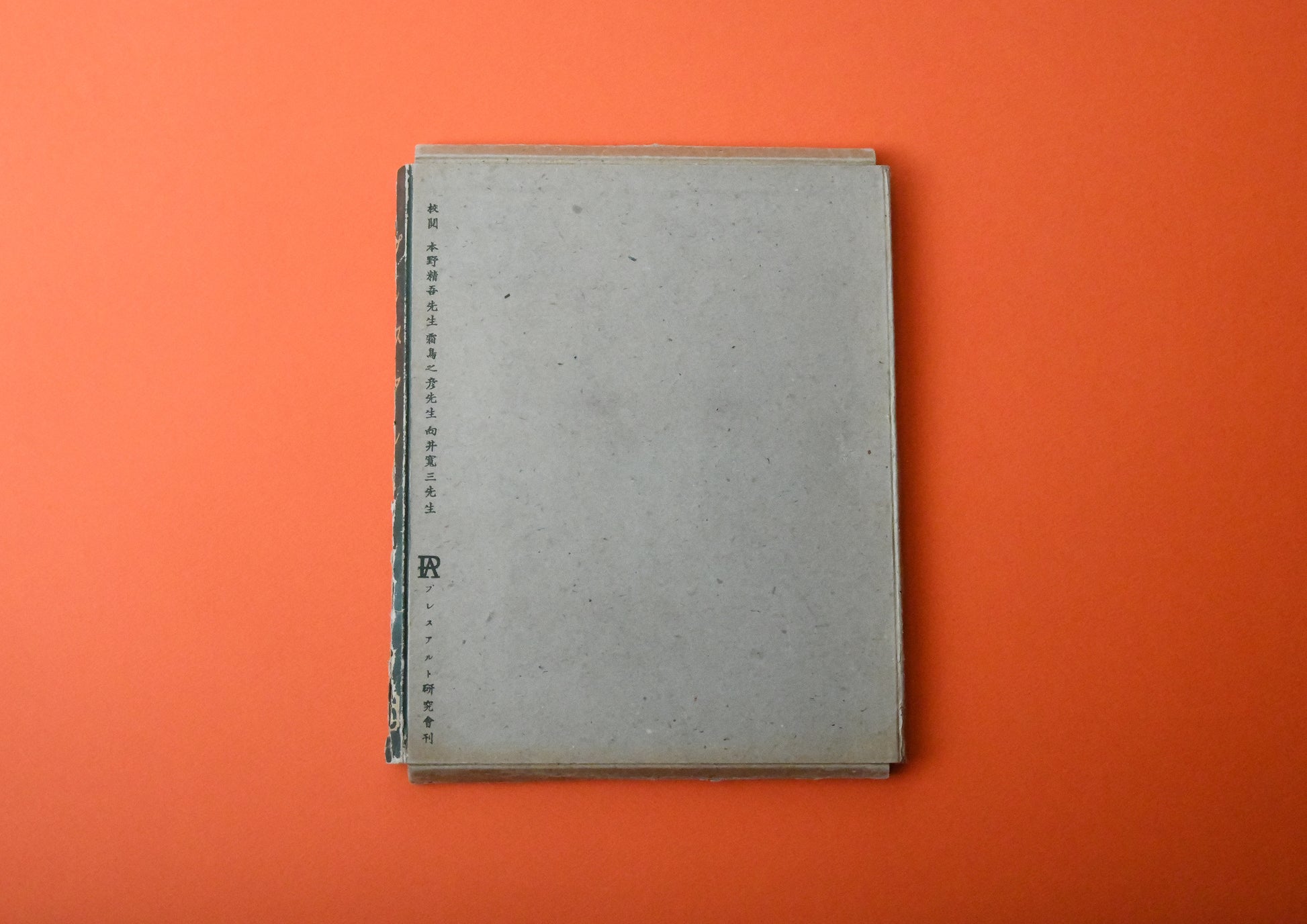Press Alto No. 36
Bibliographic Details
- Title
- プレスアルト36号 / PRESS ART No.36
- Editor
- 脇清吉/ Seikichi Waki(校閲:本野精吾 / Seigo Honno、霜鳥之助 / Yukihiko Shimotori 、向井寛三郎 / Kanzaburo Mukai)
- Publisher
- プレスアルト研究会
- Year
- 1940
- Size
- h300 × w250 × d20mm
- Weight
- 730g
- Language
- 日本語 / Japanese
- Materials
- 紙 / Paper
- Condition
- タトウ背少傷有、収録印刷物実物及び台紙極美 、印刷物実物1点欠/ Very Good
冊子:レートン国策水彩絵の具ポスター図案審査合評(霜鳥之彦、今竹等)ほか 実物:護れ銃後の展覧会ポスター(大丸・柴田)、帝国海軍展覧会、里見宗次氏初公開・戦時下の世界を知るポスター展(安部倶一)ほか23点、1点欠(No.24 自動車シボレーカタログ)
A used bookstore owner in Kyoto
A design that changed the history of Japanese commercial design
A phantom print advertising specimen.
What arrived this time from Sato Masago of Nichigetsudo was a copy of "Press Alto," a book worthy of being called a phantom one, something that even Sato, who visits the used book market every week without fail, might encounter once in ten years.
"Press Alto" was a monthly magazine for members published in 1937 by the "Press Alto Research Society", an enterprise founded by Waki Seikichi, the owner of Wakiya Shobo, a second-hand bookstore in Kyoto. The magazine contained over 20 "real" items such as advertising prints, packages, and wrapping paper, along with a booklet containing critiques and information about the prints (artist names, company names, printing specifications, etc.), all housed in a paperback.
When storing the actual printed materials in the tapestries, either a slit is made in a backing containing information about the printed material and the material is inserted, or, for larger items such as posters, the information is overprinted on the actual material. No adhesives or other such materials are used, and the intention is conveyed to deliver the originals "as much as possible, as long as the entire page can be seen, with no hidden parts."
It first began publication in 1937, changed to a booklet format from 1941 onwards, and was published continuously for around 40 years until at least 1977.
The printed materials included in the 36th issue we are delivering this time include print advertisements in all fields, such as the "Protect the Home Front Exhibition Poster" by the Daimaru Advertising Department, Mitsubishi Electric's "Mitsubishi Turret Lathe Ingelato," and Morozoff Confectionery's "Chocolate Wrapping Paper." We can see that many well-known companies, such as major department stores and manufacturers, are included in the magazine.
A little about the booklet itself, issue 36. The cover was designed by Shibata Kazuma of the Osaka Daimaru Advertising Department. On the inside of the cover, Shibata's own short words on the design and composition of the cover are written down. At the beginning of the book, there is a serious column about print advertising and advertising advertising that is worthy of the name "research", and on the fourth page spread, Mukai Kanzaburo, a professor at Kyoto Higher Technical School (now Kyoto Institute of Technology), who also proofread the book, develops a snappy monthly review.
The critiques are sharp and critical of the accuracy of the composition and printing technique, as well as the quality of the colors and designs. From the sixth page onwards, several of the artists selected from the works that were selected appear and give their own commentary on the critiqued works, which is a very original and interesting structure. The authors talk about things that only they could know, such as changing the size of the book to save money because the price of paper was too high, or the struggles they faced to reproduce colors with calculated printing, and the process of trial and error they went through is written in a way that is easy to understand, just like today's creators. This, combined with the critiques mentioned above, makes this a very practical information magazine.
The second half of the book features a joint critique of the Leyton National Watercolor Poster Designs. A total of 16 works, from the "Special Selection" to the "Ten Honorable Mentions," are reviewed by a panel of distinguished judges, including Shimotori Yukihiko (a Western-style painter who studied under Asai Chu and Charles Guerlain), Imatake Shichiro (designer of the yellow and brown packaging for rubber bands "O-Band" and Mentholatum Nurse), and Obata Rokuhei (designer of the poster for the 1936 "Great Japan Exposition"), who generously write words of praise and encouragement for the winning works.
It provides critiques, commentary from the artists, and even includes the actual works. There are two main features that make this magazine, which is unlike any other in the world.
One reason is that it was not distributed to the general public. As mentioned above, the reason why it was not distributed to the general public is because Press Alto was a magazine that was distributed only to members. Therefore, the number of copies published was limited to a specific number. According to "Opening: Postwar Japanese Print Advertising: Selection of Masterpieces of Enclosed Advertising in Press Alto 〈1949-1977〉" (Sogensha), when it was first published, 100 copies were issued, 300 copies three years later, and about 650 copies were issued after 1941 by recruiting members who only purchased the booklet. It is easy to say 100 copies or 300 copies, but it is a difficult task to actually collect the actual printed matter. The number of copies, 650 copies, after it became a booklet, is by no means a large number. Since the number of copies produced was small in the first place, it is natural that few people knew about it and there were fewer opportunities to record it, and the only place known to have almost all the issues is the Nakanoshima Museum of Art in Osaka.
Another distinctive feature is that the actual printed advertisement is sandwiched inside the main body. The actual large posters are folded, and booklets and wrapping paper are fixed by pinning the corners through cutouts in the mount. The mount lists the name, exhibitor, designer, printing technique and type, paper specifications, and printing company, covering all the important information related to production, such as "when, where, who, how." At the time, there was no Internet and it was difficult to obtain advertisements from other companies, so the main members were creators, such as corporate advertising staff, in-house designers in the planning departments of printing companies, and designers with independent offices.
The actual printed advertisements inserted into the magazine were collected by Waki Seikichi, a second-hand bookstore owner who presides over the "Press Alto Research Society," who personally visited advertisers to collect them. He visited not only printing companies, but also various business owners and designers. Among them was Shiseido's graphic designer Yamana Fumio. Yamana Fumio developed a strong friendship with Waki Seikichi, and later became a representative figure who held Waki Seikichi in high regard. Waki Seikichi's achievements include creating exchanges between commercial designers in the East and West (Kanto and Kansai), and even sending Press Alto to the Swiss commercial art magazine Graphis, contributing to design exchanges between Japan and overseas.
The messages conveyed by Press Alto are deep and wide-ranging, covering design, photography, society, economy, politics, lifestyle and culture, art, media, printing, and more. It could be said to be a time capsule that contains Japanese print advertisements from 1937 to 1977. In particular, this mechanism of sandwiching the actual items that were in circulation for about four years from the magazine's launch conveys all kinds of historical facts to the present, from the printing techniques and materials of the time to design trends and social conditions, as if they were insect specimens.
Text by Ema Otobe
<Reference materials>
"Opening: Postwar Japanese Print Advertising: Selection of Masterpieces of Enclosed Advertisements in Press Alto (1949-1977)" published by Sogensha
